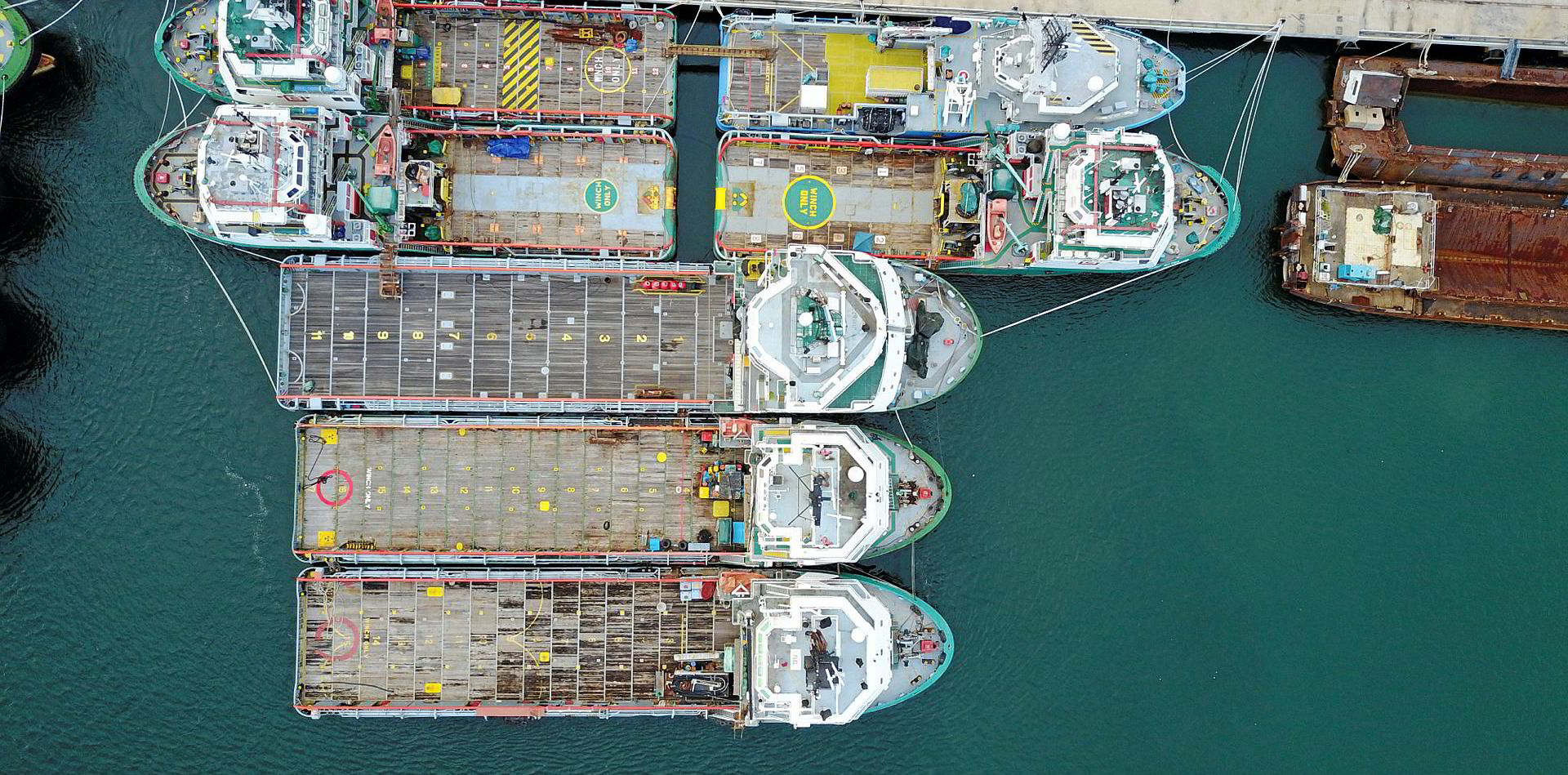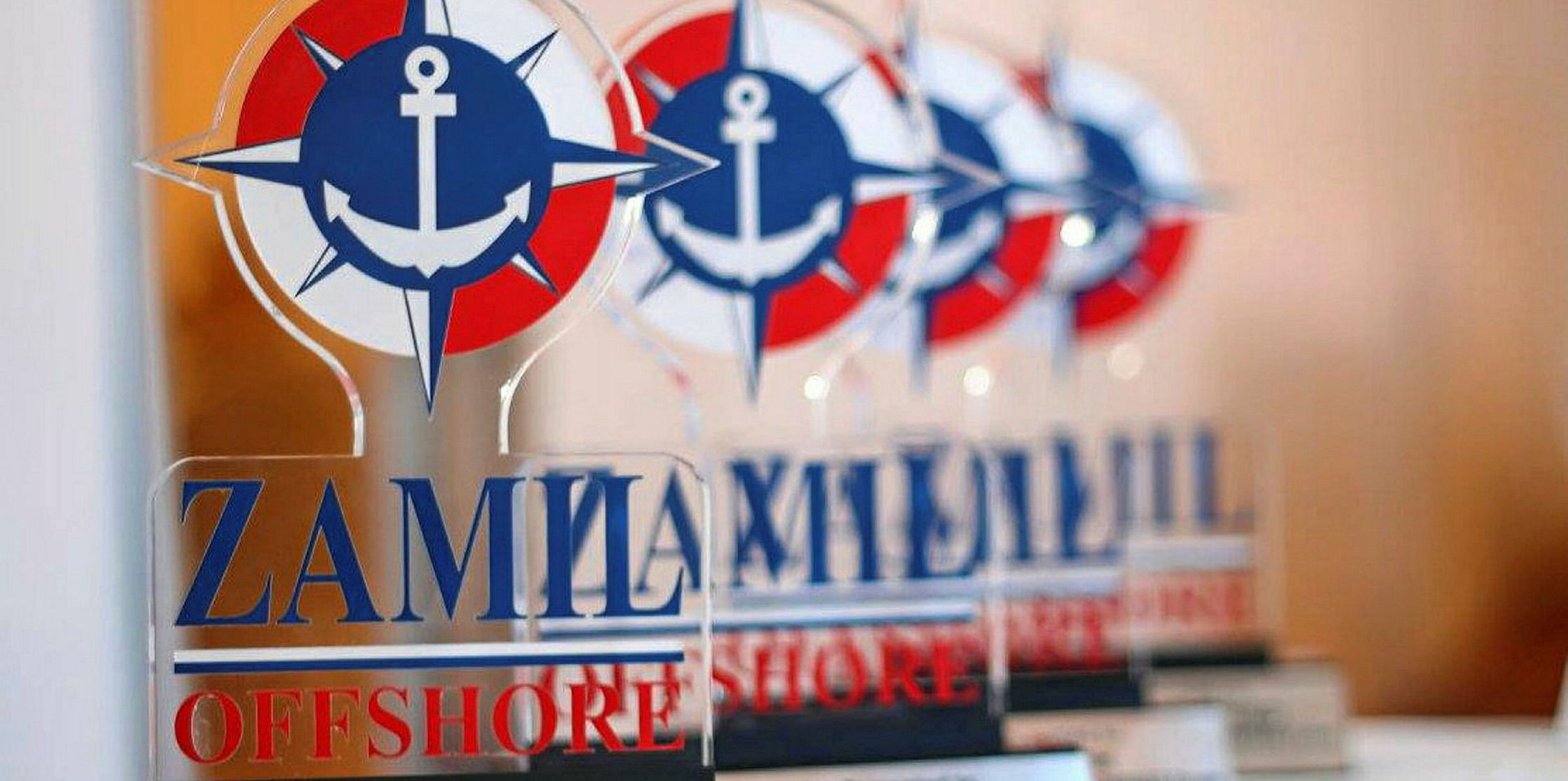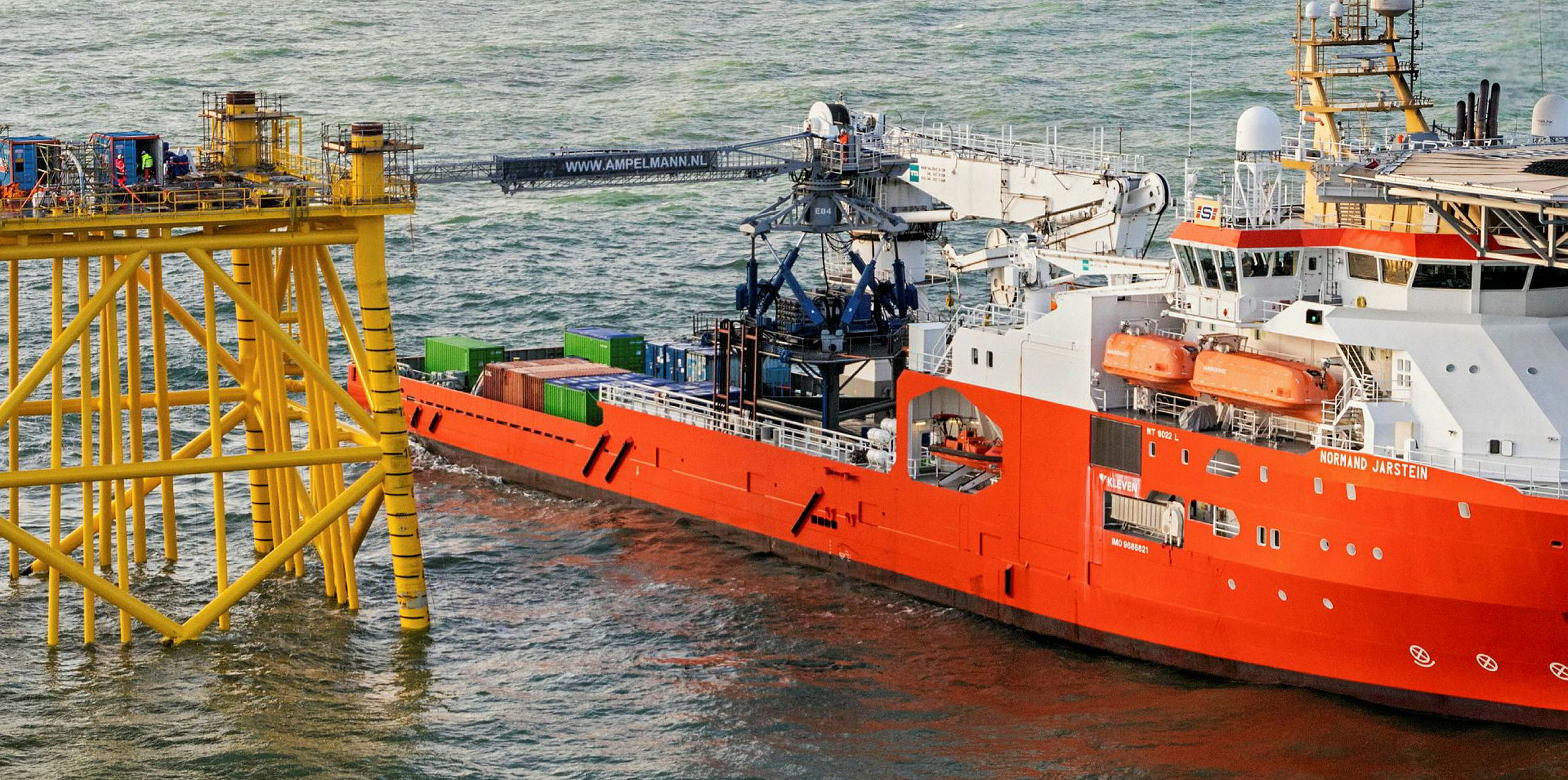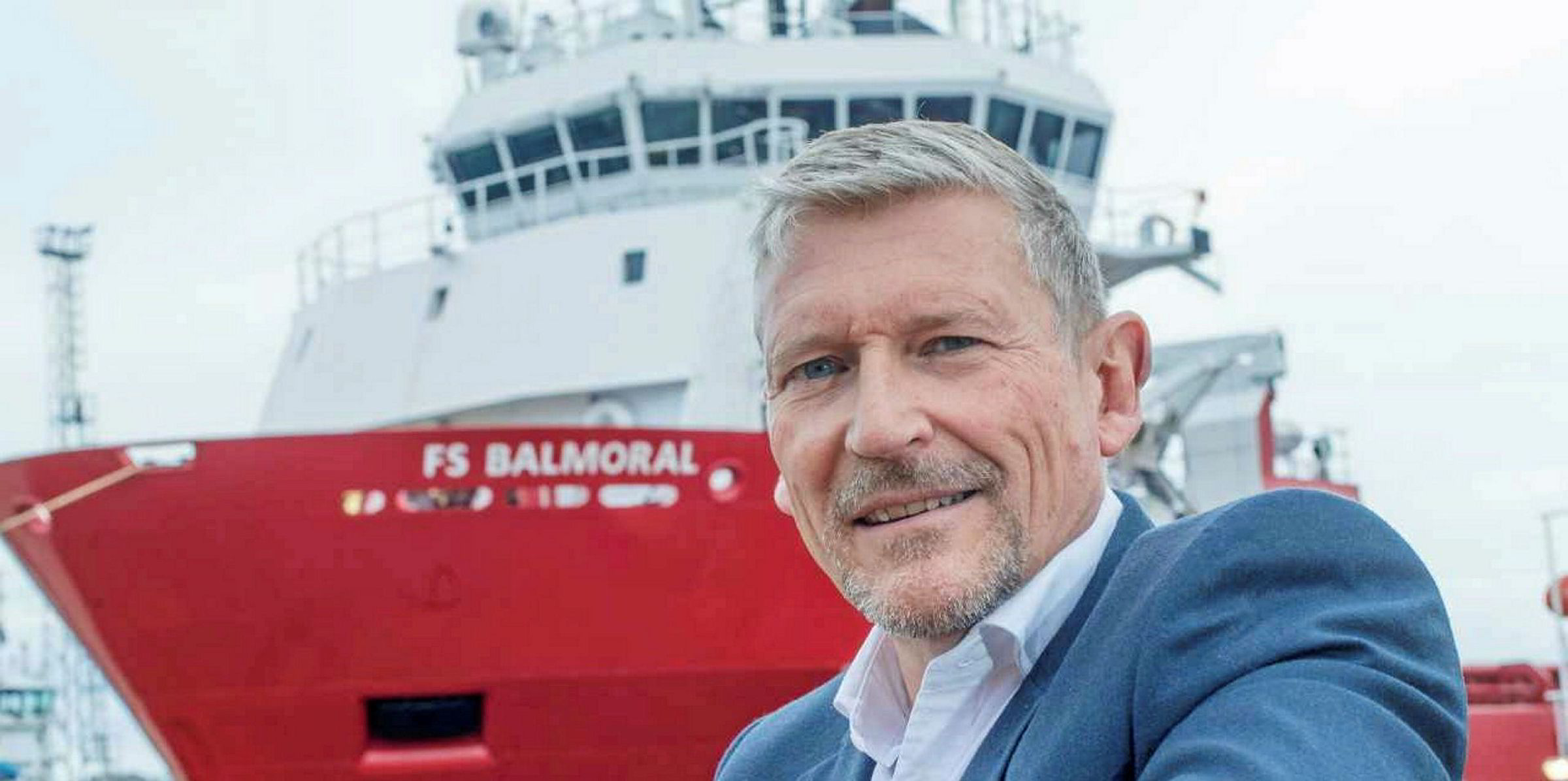Governments may be forced to step in to remove abandoned OSVs to avoid a major pollution incident, said Fearnley Offshore Supply.
It said many of the vessels laid-up in remote areas may “create challenges” for local authorities when owners go bankrupt and leave ships where they are.
“We have already seen how abandoned OSVs that saw ‘less than ideal’ maintenance eventually end up as wrecks when they're hit by bad storms,” the broker said.
“And even in the absence of storms, just consider the pollution caused by leakage, rust, and general contamination associated with ships simply locked up and left tied to a dock.
“At some point, the government in countries such as Indonesia, the US, and Mexico to name but a few, will have to step in and remove these vessels if the industry itself cannot.”
We have already seen how abandoned OSVs that saw ‘less than ideal’ maintenance eventually end up as wrecks when their hit by bad storms
Fearnley Offshore Supply
Fearnley Offshore Supply said this could “be the solution” that nudges the supply and demand balance to a “sustainable point”, provided that increased offshore activity continues.
Figures supplied by VesselsValue suggest that close to 960 offshore vessels of various kinds are currently laid-up around the world.
The on-line valuations company defines a laid-up vessel as one that has not emitted an AIS signal for more than eight weeks.
Some 298 vessels out of 690 located in the Gulf of Mexico (GOM) are laid up, in Southeast Asia it is 366 out of 1,284, in West Africa it is 195 out of 746 and just 98 out of 743 in the North Sea.
“The situation in the GOM is significantly worse than the other regions at 42-43% as compared to West Africa and South East Asia at 26-29% with North Sea having the healthiest lay-up figures at 13%,” VesselsValue told TradeWinds.
Crushing debt burden
Writing in its annual review of the 2019 offshore market, Fearnley Offshore Supply also said that much still remains to be done to relieve the industry of its crushing debt burden.
It said that although last year saw many debt refinancing operations started, few reached maturity.
“Despite 2019 bringing several positive developments to the OSV industry, including increased average day rates and significantly more demand, such items were overshadowed almost completely by the crushing debt exposure that, with few exceptions, has seen little if any mitigation,” it said.
“Granted, Nordic American Offshore was restructured and became Hermitage Offshore, but sadly, beyond that there was little meaningful activity on this stage.”
It raised questions about French shipowner Bourbon Offshore’s debt-to-equity conversion which saw a French bank consortium representing 75% of the outstanding debt take control of the company.
“Whatever solutions this change brings it is unlikely that they will harmonize with the international interests in the company, especially the Chinese lenders that are notoriously refusing to accept big losses,” it said.
Fearnley Offshore Supply said that before we see more permanent solutions for the shipowners’ financial situation, there was little hope of reducing the “vast number of idle and undesirable tonnage” still in circulation.
“Even though 2019 continued the voluminous scrapped activity seen the last few years, we still need to see several hundred more [recycled] before rates increase significantly on a global scale,” it said.
Fearnley Offshore Supply reported just over 100 vessels sent for scrap last year, down on the more than 170 sent for demolition in 2018.
“Although we have recorded a lower number of vessels sent to recycling during 2019, we expected the actual figure to be higher as shipowners seldom rush the reporting of such sales in the market,” it said.
In terms of sale-and-purchase, the shipbroker said the market has been “less active last year in terms of numbers”, and particularly the end of 2019 saw a “significant slowdown” in activity and volume.
“Shipowners seem to have adopted a wait-and-see strategy to the market, and as such it will be interesting to see if they will be able to demand higher prices for their tonnage going forward having turned down offers on the table at present,” it said.
“Of the vessels that were sold, we clearly saw a divide between high-end and medium and smaller sized tonnage.
“Shipowners are demanding high prices for high-end tonnage, whilst for the lower end segments and older vessels, sales have been executed at very low levels.”







